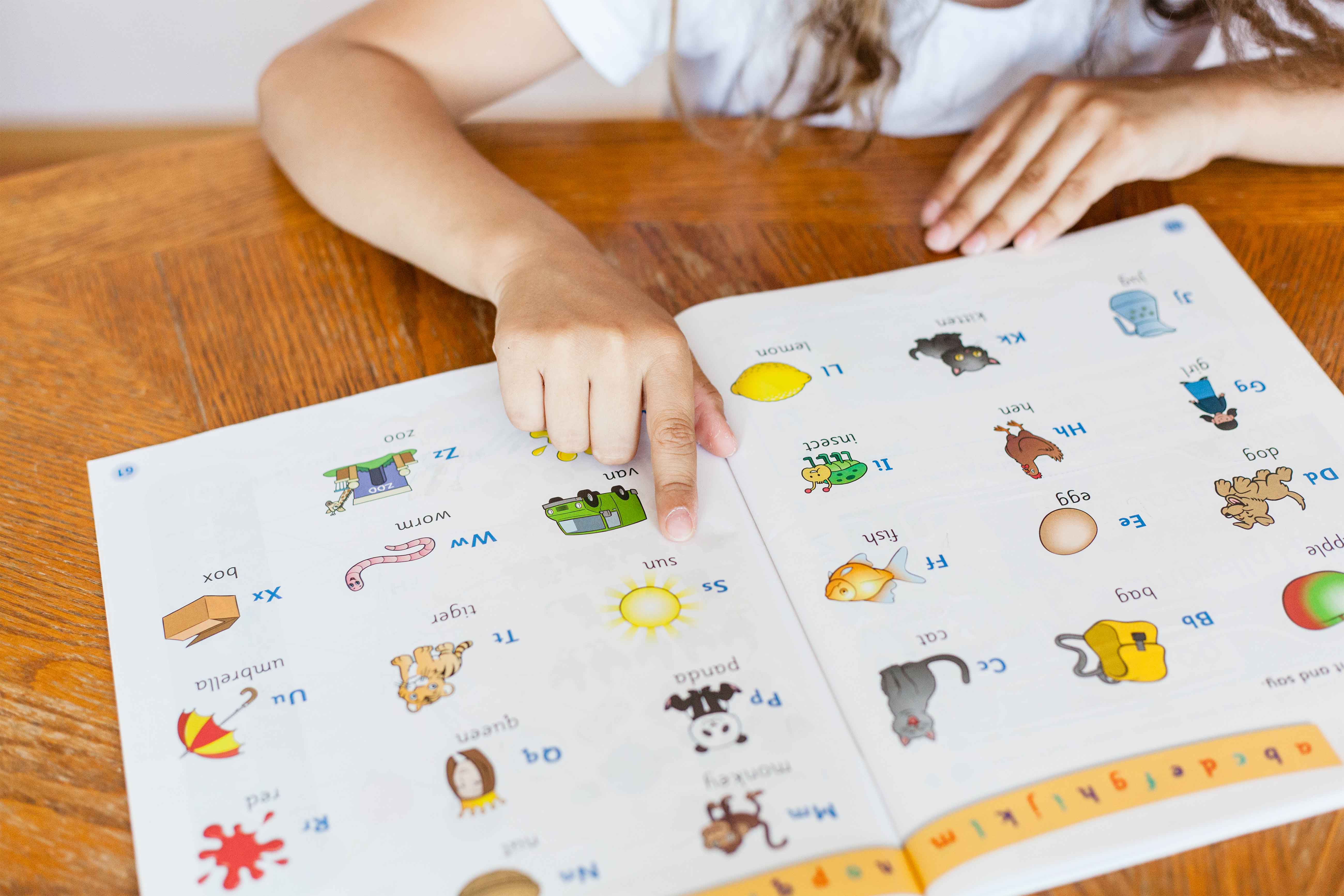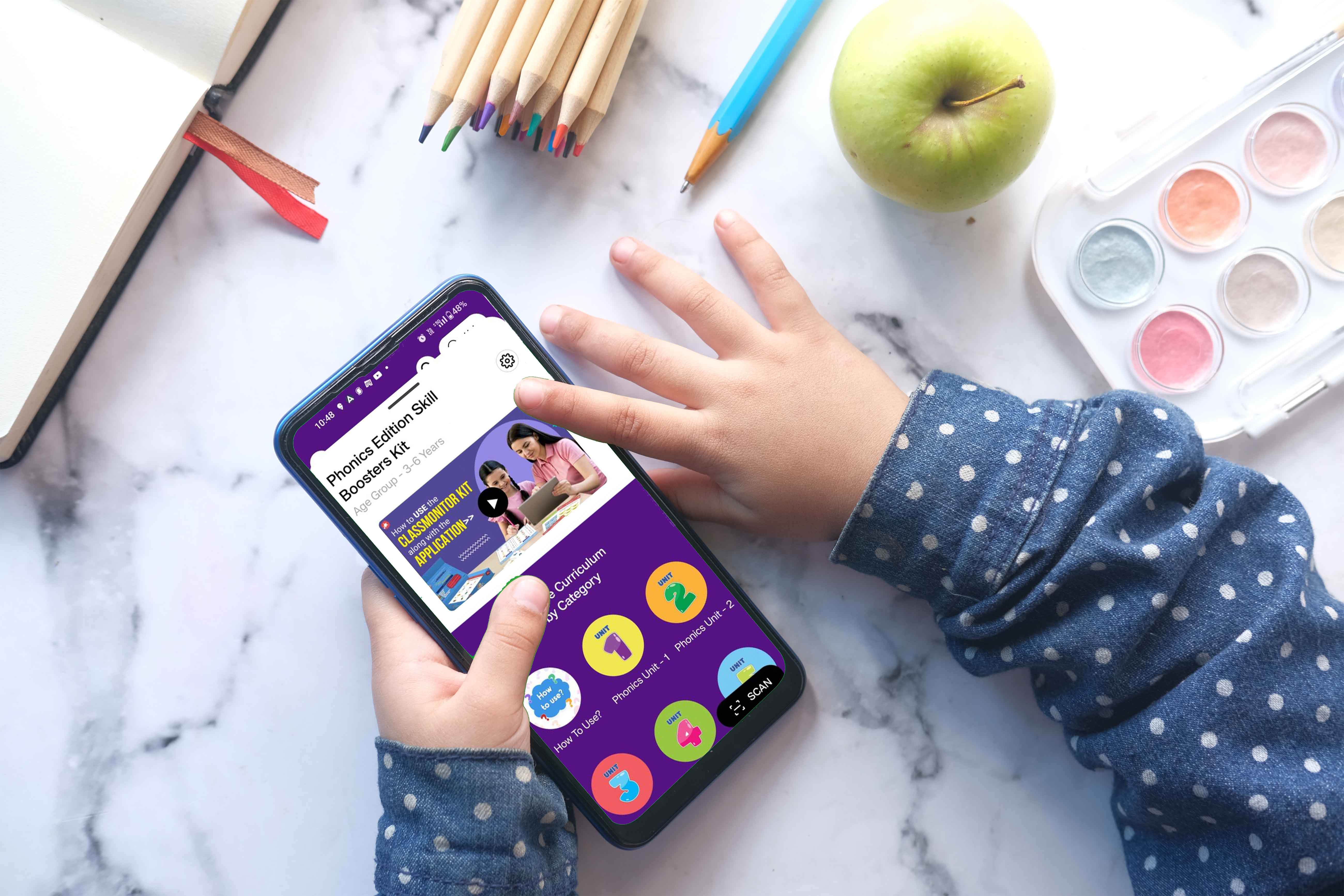How to Teach Phonics to Preschoolers: Simple Steps & Effective Strategies

Phonics is the key to strong reading and writing skills, helping kids connect letters with sounds. With the right approach, learning phonics can be fun and effective! This guide will show you simple strategies to support your child’s literacy journey.
Table of Contents:
- Why Is Phonics Essential for Early Literacy?
- Proven Strategies to Teach Phonics to Kids
- 6 Effortless Ways to Teach Phonics at Home
- Advancing Phonics Skills Beyond the Basics
Why Is Phonics Essential for Early Literacy?
Have you ever wondered why educators emphasize phonics in early childhood learning? Phonics is a crucial skill that lays the foundation for reading, writing, and spelling proficiency.
It helps children recognize the sounds associated with letters, enabling them to blend these sounds to form words. Let’s explore why phonics is so vital and how to effectively teach it to kids!

Why Phonics Matters for Kids’ Learning
Teaching phonics equips students with the ability to decode words, enhancing their reading and spelling abilities. By recognizing patterns and sounds, children gain confidence in literacy. Key benefits of phonics include:
- Improved Vocabulary: Sounding out words helps children recognize and remember new vocabulary.
- Better Reading Comprehension: Phonics enables faster reading, allowing kids to focus on understanding the text.
- Syllable Awareness: Breaking down longer words into syllables makes reading and writing more manageable.
- Mastery of Spelling Rules: Phonics knowledge helps students apply common spelling rules, like 'i before e except after c'.
- Stronger Grammar Skills: Blending sounds correctly enhances sentence structure and overall writing ability.

Proven Strategies to Teach Phonics to Kids
Phonics learning should be engaging and systematic. Here’s how to make it effective:
- Start with Letter Sounds: Introduce individual consonants and vowels using interactive methods like songs and flashcards.
- Incorporate Games & Activities: Phonics-based puzzles, scavenger hunts, and word-building games make learning fun.
- Encourage Blending & Segmenting: Teach kids to combine sounds to form words and break down words into phonetic components.
6 Effortless Ways to Teach Phonics at Home
- Use Phonics-Focused Storybooks & Rhymes: Reading aloud with phonics-based books helps reinforce sound recognition.
- Apply Phonics to Daily Life: Identify sounds in signs, labels, and conversations.
- Engage in Hands-On Learning: Utilize alphabet blocks, magnetic letters, and worksheets.
- Practice with Repetitive Exercises: Regular exposure and repetition help in long-term retention.
- Leverage Digital Learning Tools: Educational apps and online phonics games provide interactive learning experiences.
- Encourage Independent Reading: Allow kids to practice phonics by reading simple books and forming their own words.

Advancing Phonics Skills Beyond the Basics
Once kids grasp the fundamentals, take phonics learning further with:
- Advanced Word Families & Blends: Teach consonant blends (e.g., 'st', 'bl') and digraphs (e.g., 'sh', 'ch').
- Sight Words & High-Frequency Words: Introduce words that don’t follow phonetic rules but are commonly used.
- Fluency & Expression: Encourage kids to read with natural rhythm and intonation.
Conclusion:
Phonics learning doesn’t have to be complicated! By integrating these techniques, you can make reading a fun and rewarding experience for your child.




